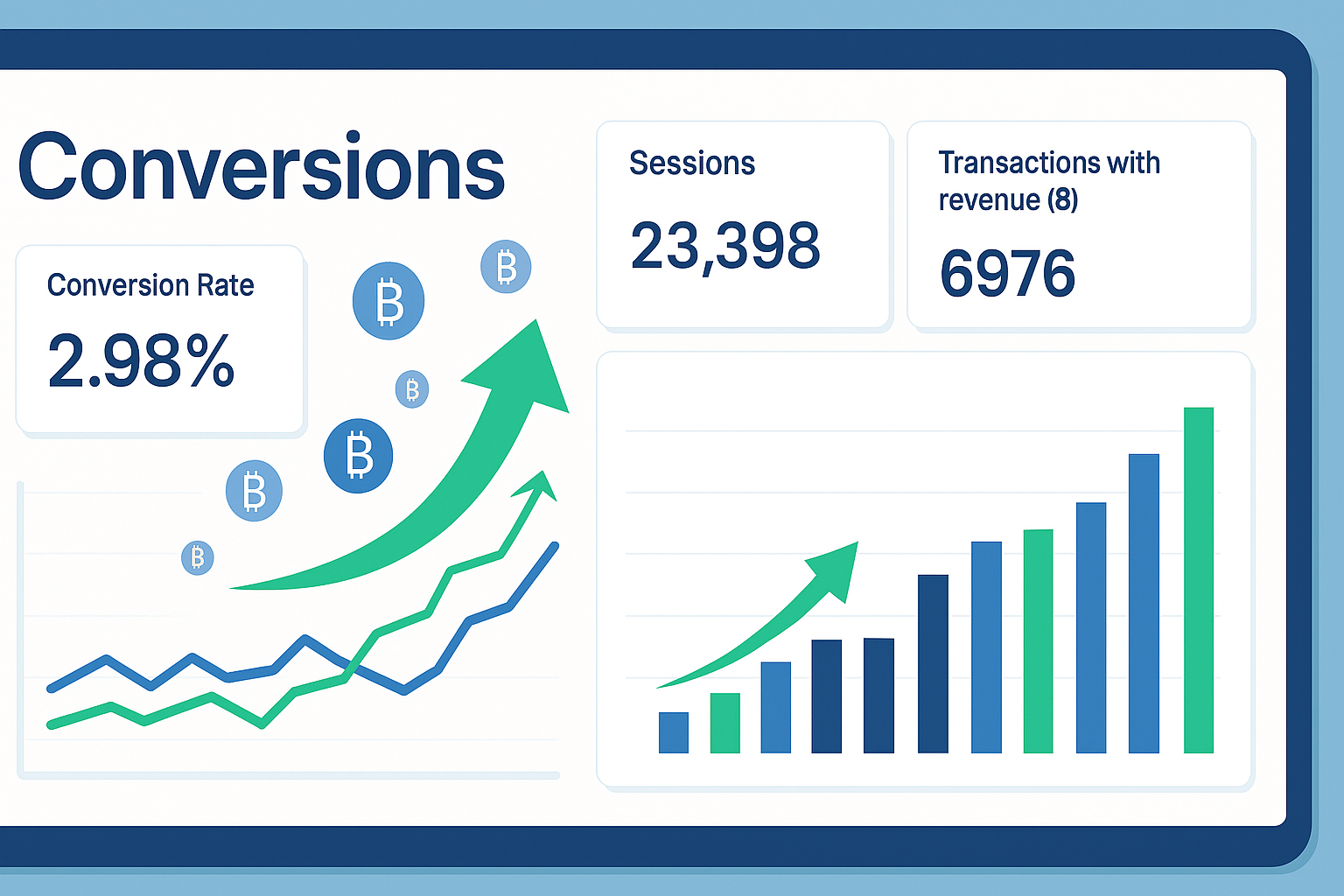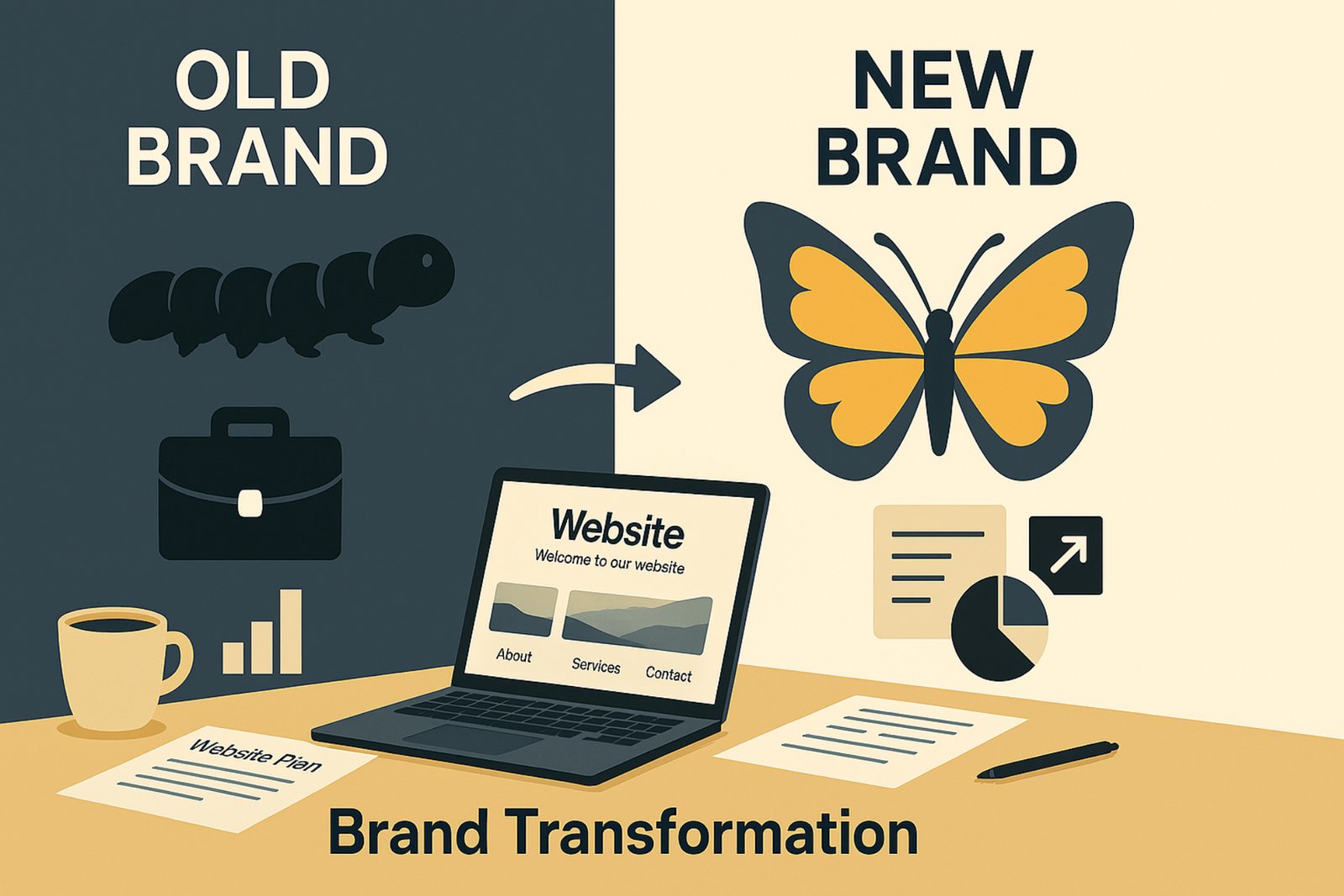When I started freelancing as a web developer in 2015, I had no idea I’d spend the next nine years building websites for over 100 small and medium enterprises across Thailand and beyond. From a solo freelancer to founding BeeVibrand in 2021, and now leading Pxil Pro, every project has taught me something valuable about what SMEs really need from their websites.
Here are the most important lessons I’ve learned that could save your business time, money, and headaches.
Lesson 1: Simple Beats Fancy Every Time
Early in my career, I thought impressive animations and complex layouts would wow clients. I was wrong. The websites that performed best for SMEs were clean, fast, and focused on one thing: helping visitors take action.
What works: Clear navigation, obvious contact information, and content that answers “What do you do?” within seconds.
What doesn’t: Complicated menus, slow-loading graphics, and pages that make visitors think too hard.

Lesson 2: Mobile-First Isn't Optional in Thailand
By 2018, I noticed something crucial: over 80% of traffic to SME websites in Thailand was coming from mobile devices. Yet many businesses were still thinking “desktop first.”
This shift changed everything about how I approach design. Your Bangkok customers are browsing on their phones during lunch breaks, commutes, and while waiting for the BTS. If your site doesn’t work perfectly on mobile, you’re losing business every day.

Lesson 3: Client-Maintainable Websites Are Game Changers
Nothing frustrated my early clients more than having to call me every time they wanted to update their opening hours or add a new product photo. That’s when I discovered the power of WYSIWYG (What You See Is What You Get) editors.
WordPress became my platform of choice not just because it’s powerful, but because it puts control back in business owners’ hands. When clients can update their own content, they save money and their websites stay fresh.
Lesson 4: Avoiding Vendor Lock-In Protects Your Investment
I’ve rescued dozens of businesses from proprietary website builders that held their content hostage. When you can’t export your content or switch developers without starting from scratch, you don’t really own your website.
WordPress gives you true ownership. Your content, your design, your choice of developer – it’s all yours.

Lesson 5: One-Size-Fits-All Doesn't Work
A restaurant needs different functionality than a law firm. A hotel requires different features than a manufacturing company. The clients who saw the best results were those who invested in custom solutions tailored to their industry and customers.
Working with clients like Pacific Health Cross (healthcare) and Destination Group (hospitality) taught me that understanding your business is just as important as understanding code.
Lesson 6: Results Matter More Than Awards
Beautiful design is nice, but SMEs need websites that work. The metrics that matter:
- More phone calls and inquiries
- Higher conversion rates
- Better search engine rankings
- Reduced bounce rates
Every design decision should serve these goals.

Lesson 7: Ongoing Support Is Essential
Launching a website isn’t the end – it’s the beginning. Technology updates, security patches, content optimization, and performance monitoring are ongoing needs. The most successful clients are those who view their website as a long-term marketing investment, not a one-time expense.
What This Means for Your Business
If you’re a Thai SME considering a new website or redesign, these lessons can guide your decisions:
- Choose simplicity over complexity
- Prioritize mobile experience
- Insist on easy content management
- Avoid platform lock-in
- Focus on business results
- Plan for ongoing optimization
After nine years and hundreds of projects, I know what works for SMEs in Thailand. Every website we build at Pxil Pro incorporates these hard-learned lessons, helping businesses avoid common pitfalls and achieve real results.






